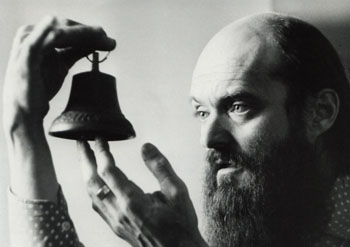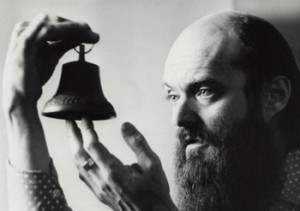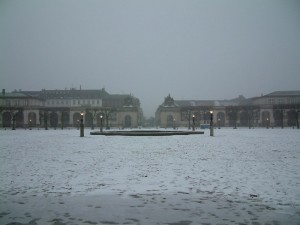Tonight I grabbed a stack of Arvo Pärt, along with another set of Beethoven symphonies (the Gardiner box or rad) and Anner Bylsma’s second set of Bach cello suites. Still ripping the Beethoven and the Bach, but they will be fun to have on.
Arvo Pärt is one of my guilty pleasures. I’ve mentioned before that the girls both had some of his music for bedtime music as they were babies learning to fall asleep. And I can say that for the most part, I like and have learned quite a bit from him. As I heard in a composition lesson once, ‘his music is the REAL minimalism… Reich and Glass are just repetitive. And while listening to his music, I can really hear how this is true. When I first heard Pärt, while working at Tower, his music was often connected to New Age music, and found a bit of an audience there. As such, I wrote him off. There was certainly no need for music in my life that attracted Yanni fans. But after hearing ‘Tabula Rasa’ (the concerto for two violins, strings, prepared piano and percussion) I gave pretty much his whole body of work another listen, and the more and more I heard the more I found it worth hearing. Looking back now at how I tend to think about harmony, dissonance and melody, the more I see relationships in my music to what I have heard in Pärt’s. Not that my music sound like bells, or really anything like his, but there are many things I do in my music that I wouldn’t do if I hadn’t contemplated some of his approaches.
The big one for me is the use of quiet, and space to let moments resonate and decay. There is so much beauty in how sound disappears, and really so much activity. I also learned how important it is to consider the space a performance (or a recording) occurs in, as they will shape the quality of the sound so much. When I listen to recordings of Pärt’s music, I become intensely aware of the feeling of its location and spatial quality. The last piece I had performed (Risonanza) takes particular notice of these qualities. And more and more, I am looking for ways to make live electronics simulate and place instruments and their sounds into different acoustic environments (even within the physical structures of the instruments themselves!). So when I hear Pärt talk about the major changes in his compositional style, and the intense contemplations he made into the sounds of bells and how they sound, I still think about how magical that kind of contemplation on sound can be. I would love to see more composers do the same, and think that this will be one of the most important aspects of music to me throughout the rest of my career. It seems so obvious! But as anyone who has been to a new music festival can probably tell you, it is a rare thing.




